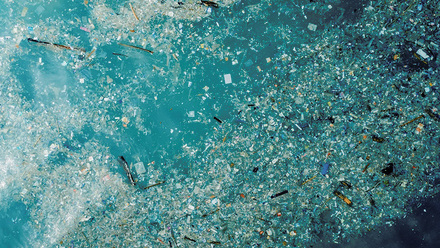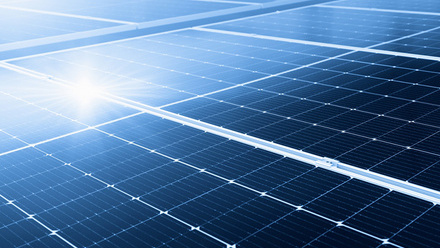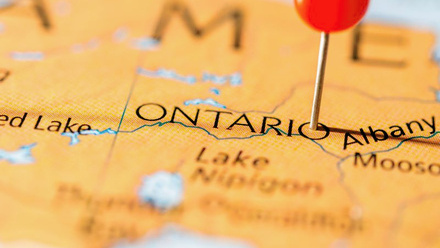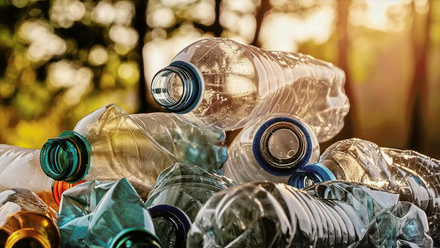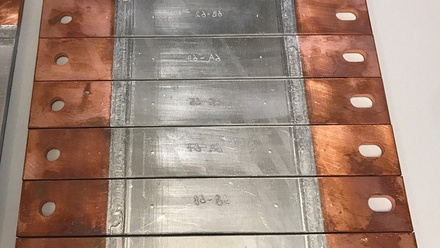Mining produced water from oil and gas operations
Treating produced water – a by-product of oil and gas operations – using CO2 could recover valuable elements.
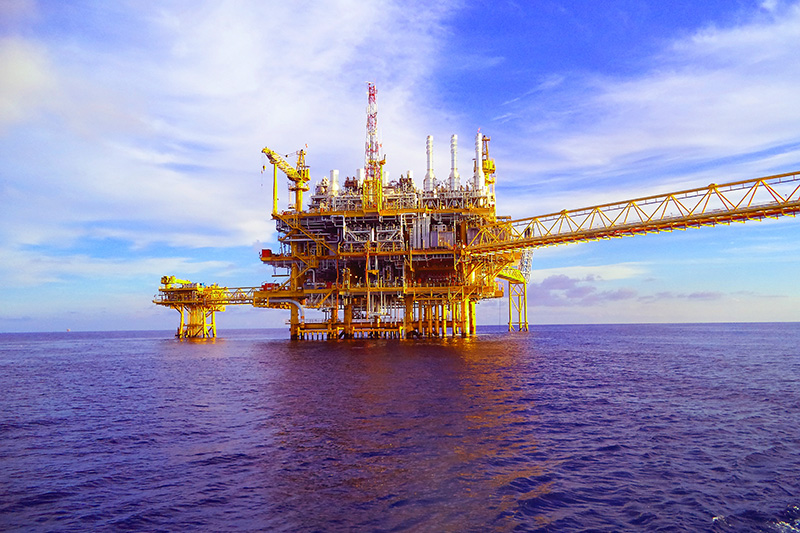
This waste by-product contains nearly every element in the periodic table, including those of significant interest to national economies, says Dr Hamidreza Samouei at Texas A&M University, USA.
Extraction of these elements from produced water could also lead to freshwater production for agricultural use.
Water accumulates in subsurface areas where geological functions happen, like hydrocarbon reservoirs, and it dissolves and stores vast quantities of minerals and other elements.
In 2020, the annual global quantity of produced water recovered from oil and gas operations surpassed 240 billion barrels, with Texas alone recovering 33 million barrels daily.
According to the Texas University team, an average of six 42-gallon barrels are recovered for every one barrel of oil, and in rare cases, up to a staggering ratio of 500:1.
The produced water is up to 10 times saltier than seawater and contains about 6,000 times more minerals.
Samouei said that while desalinating produced water has been considered, the approach of first mining all the salt and minerals before treating the water had not been explored previously.
He says, 'From a technical standpoint, the recovery of all ions present in various brine solutions is feasible. However, the practicality of this endeavour hinges on factors such as ion concentration, local requirements and economic considerations, which collectively determine the viability of the process.'
Their solution contains calcium, magnesium, sodium and potassium ions that, with the introduction of carbon dioxide and pH modulation, precipitate their respective carbonates. These can be filtered away for use in industrial applications, leaving a solution enriched with significant concentrations of critical minerals, including lithium and rare-earth elements. The separation of these minerals is contingent upon their respective affinity to carbon dioxide or selective adsorbents.
'The extent of separation varies significantly depending on the specific ions involved,' says Samouei.
The extremely low solubility of calcium and magnesium carbonate salts means “nearly quantitative” separation is achievable, while separation is restricted by solubility limits for other ions.
The process is reportedly 'highly scalable'. Researchers are at the small-pilot-scale stage and are engaging in discussions with multiple oil and gas companies regarding integration into their systems.
Samouei hopes to change the oil and gas industry’s view of produced water, first as a source of revenue and later as a source for their own mining operations.
'Produced water may not be beautiful if we look at it as a waste,' he says, 'but it will be impactful to the world’s next generations if we look at it as a resource.
'In this case, co-produced clean water can be used for hydraulic fracturing or agricultural irrigation. In this context, waste streams from the oil and gas industry, produced water and CO₂ play a pivotal role in 1) alleviating critical mineral shortages, 2) addressing water scarcity issues, 3) mitigating global warming, and 4) minimising the environmental and seismic impact associated with the disposal of produced water.'


